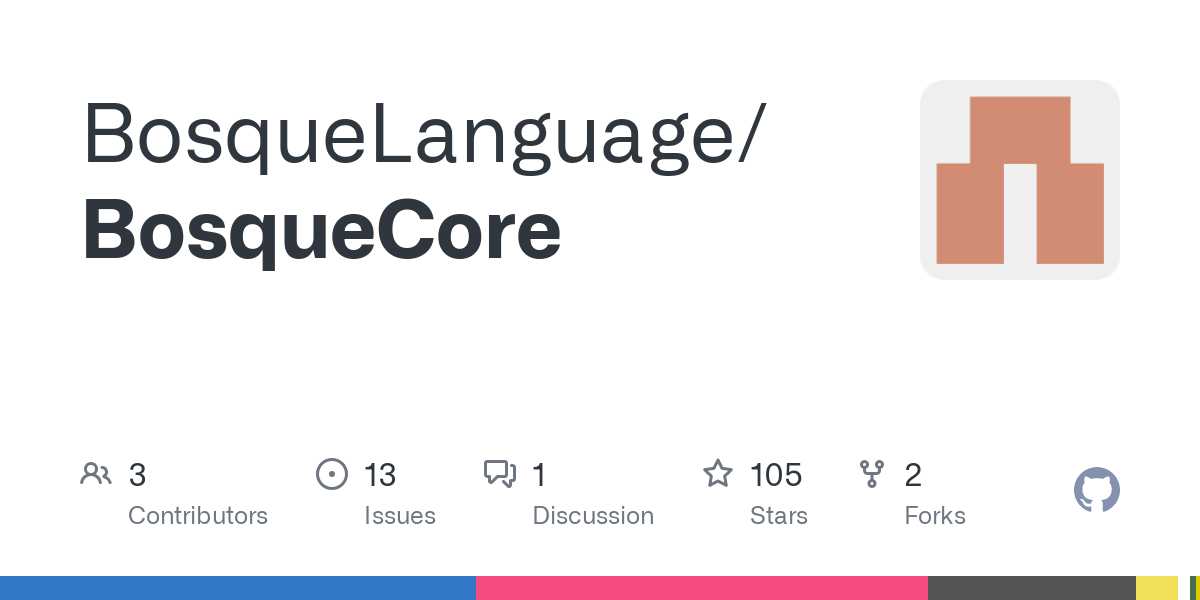I’m itching to read what someone more well-rounded than myself would think of this. What are the trade offs?
The main drawback is being a new incomplete language. No solid IDE support, huge online resources, training data for LLMs; and you have a not-tiny chance of the compiler crashing or producing the wrong output.
IDE-friendliness and most of the other features, I don’t think there are any major flaws. The main drawback with these is implementation complexity, possibly slower compile time (and maybe runtime if this IR prevents optimizations). There are also unknown drawbacks of doing new and experimental things. Maybe they have the right idea but will take the wrong approach, e.g. create an IR which is IDE-friendly but has issues in the design, which a different IDE-friendly IR would not.
Some of these features and ideas have been at least partly tried before. The JVM bytecode is very readable. LLVM IR is not, but most languages (e.g. Rust, Haskell) have some higher intermediate-representation which is and the IDE does static analysis off of that. And some of the other features (ADTs, functor-libs, blocks) are already common in other languages, especially newer ones.
But there are some features like typed-strings and invariants, which to me seem immediately useful but I don’t really see them in other languages. Ultimately I don’t think I can really speak to the language’s usefulness or flaws before they are further in development, but I am optimistic if they keep making progress.
Thank you!
When you say Haskell and Rust have a similar feature, do you mean how Haskell compiles down to Haskell Core? Can you provide a tiny bit more detail on that point? I adore Haskell.
Yes. Unfortunately I’m not very familiar with GHC and HLS internals.
What I do know is that when GHC is invoked with a certain flag, as it compiles each Haskell file, it generates a
.hiefile with intermediate data which can be used by IDEs. So HLS (and maybe JetBrains Haskell) works by invoking GHC to parse and type-check the active haskell file, and then queries the.hiefile to get diagnostics, symbol lookups, and completions. There’s also a program calledhiedbwhich can query.hiefiles on the command line.Rust’s language server is completely different (salsa.rs). The common detail is that both of them have LLVM IR, but also higher-level IRs, and the compiler passes information in the higher-level IRs to IDEs for completions/lookups/diagnostics/etc. (in Haskell via the generated
.hiefiles)Thanks again. 🙏
I love seeing natural number support as the first example (instead of float)



